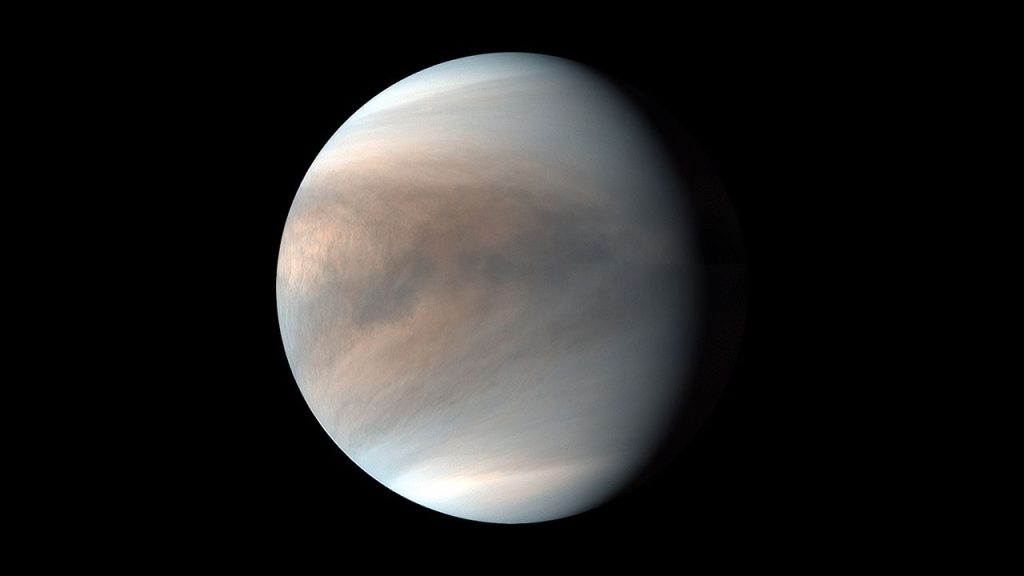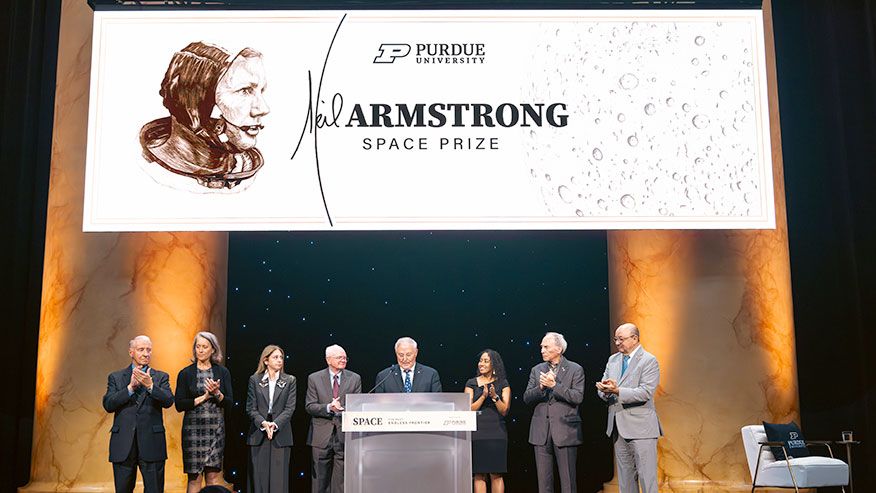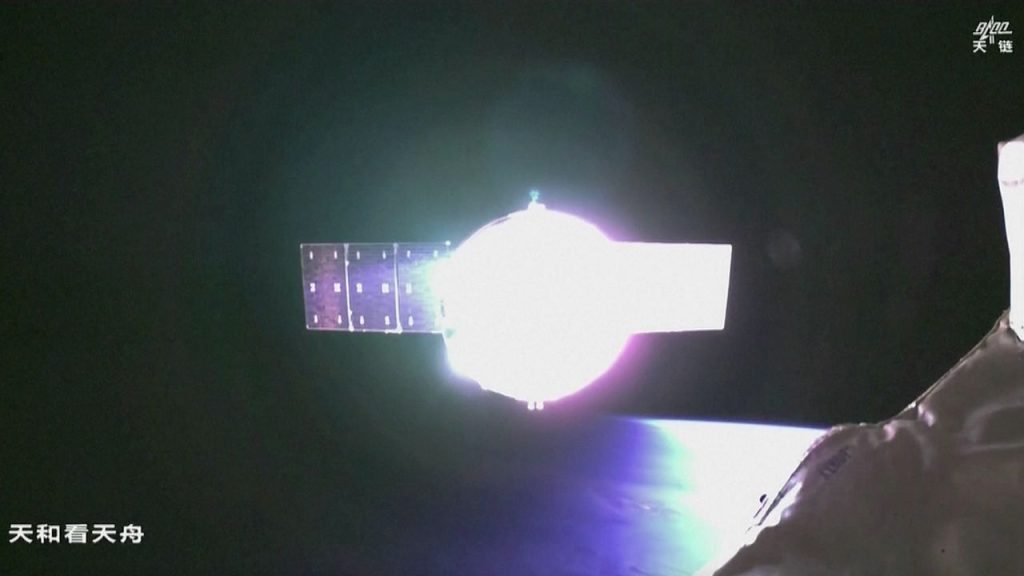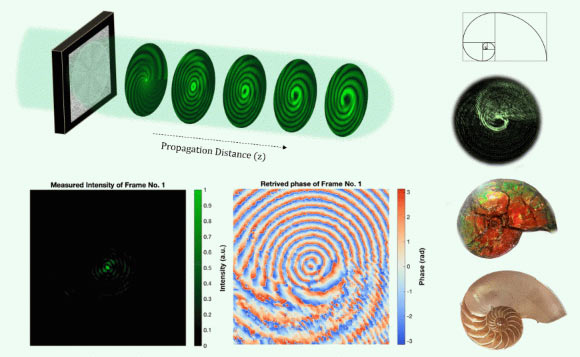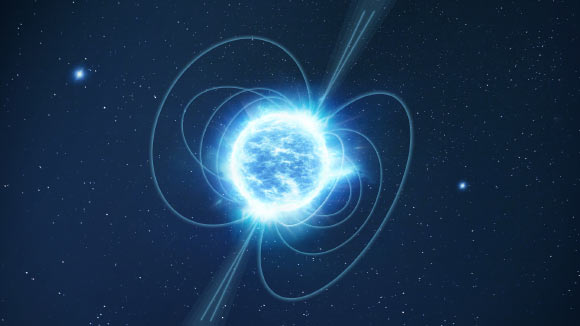Now Reading: Liquid Core May Unlock Mystery of Mars’ Asymmetric Magnetic Field
-
01
Liquid Core May Unlock Mystery of Mars’ Asymmetric Magnetic Field
Liquid Core May Unlock Mystery of Mars’ Asymmetric Magnetic Field
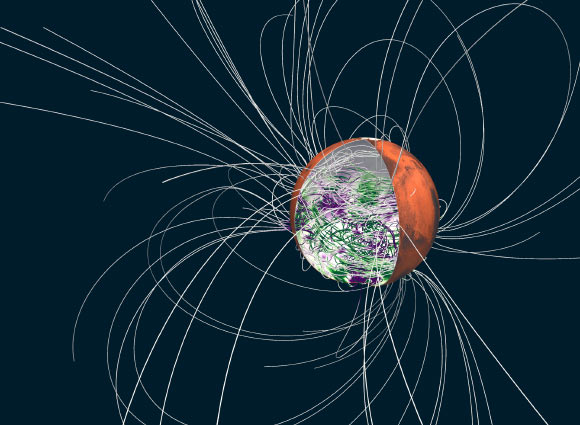
Fast Summary
- NASA’s InSight mission reveals Mars’ core is less dense than previously assumed, indicating the core might be entirely liquid without a solid inner core.
- Researchers suggest mars once had a strong hemispheric magnetic field covering only the southern hemisphere, differing considerably from Earth’s global magnetic field.
- A computer simulation modeled this phenomenon, showing heat escaping asymmetrically caused by temperature differences in the mantle-hotter in the north and cooler in the south-driving this one-sided magnetic field via a planetary dynamo.
- Insights contradict earlier models suggesting asteroid impacts erased evidence of planet-wide magnetic fields on Mars.
- Findings published in Geophysical Research Letters, highlighting implications for understanding Mars’ ancient atmosphere and its ability to sustain life.
Image:
!Computer simulation of a one-sided magnetic field on early Mars.
Credit: Ankit barik / Johns Hopkins university
Indian Opinion Analysis
The findings from NASA’s insight mission challenge conventional assumptions about planetary formations and dynamics, offering broader implications not just for Martian history but also for comparative planetology. Understanding why Mars developed an asymmetrical magnetic imprint could deepen our grasp of atmospheric loss mechanisms-relevant for india’s ongoing interplanetary ambitions such as missions like Mangalyaan-and inform future explorations aimed at uncovering signs of habitability on other planets.
For India’s space research community, committed to cost-effective innovation, leveraging findings like these could enhance predictive modeling capabilities without duplicating high-cost missions. the progress underscores why increased collaboration with international agencies and academic institutions remains crucial.
Read more: Click here
















